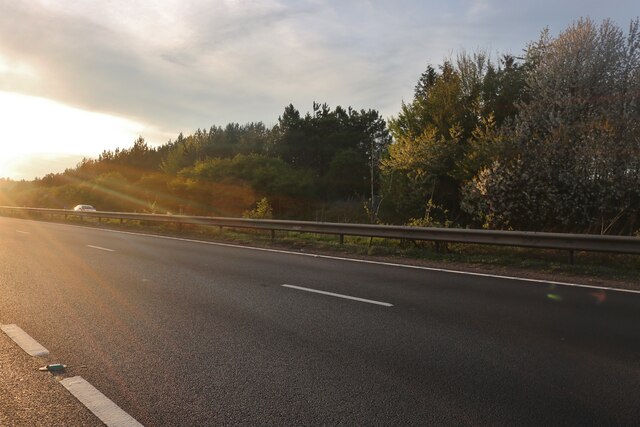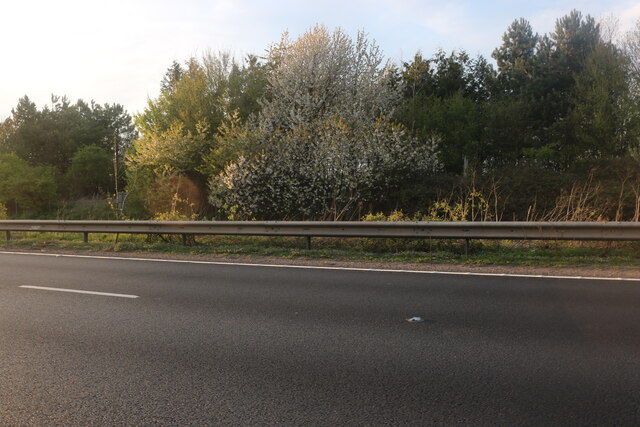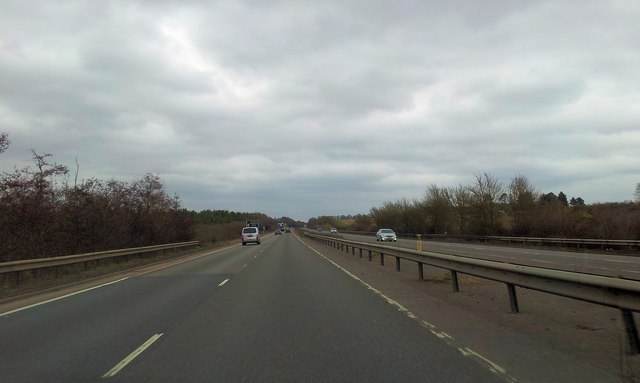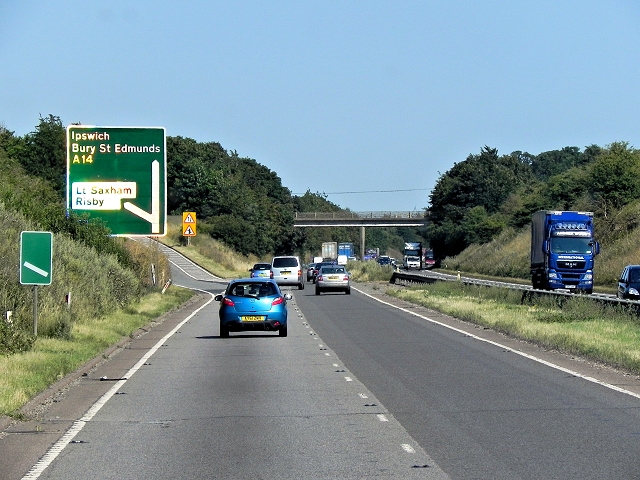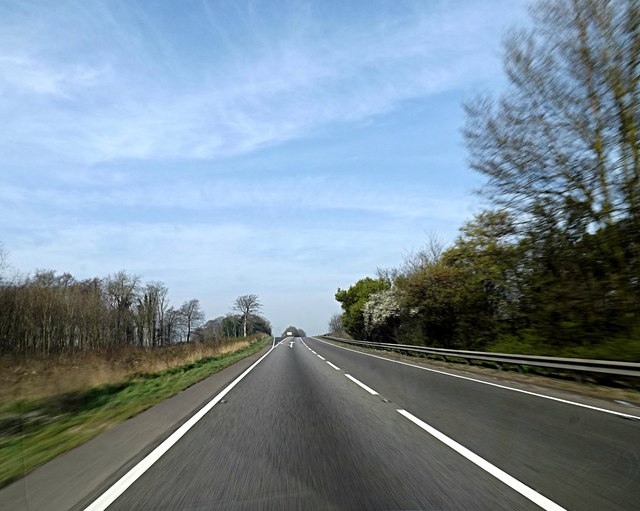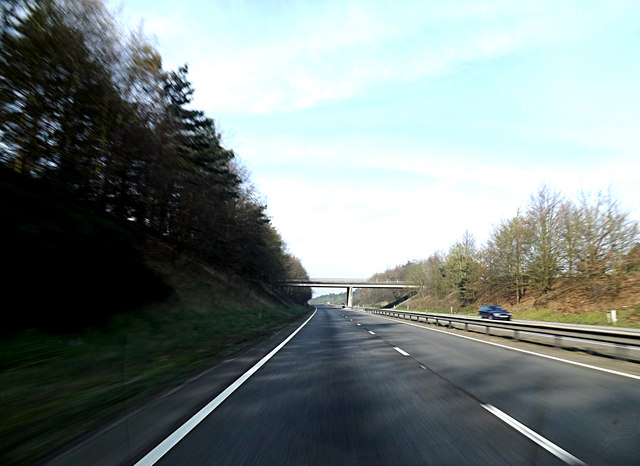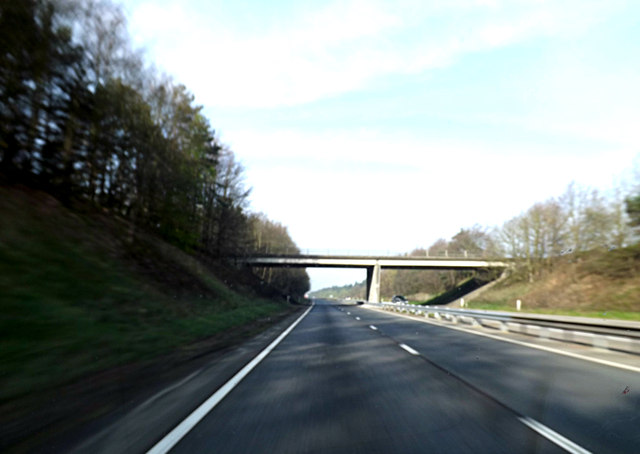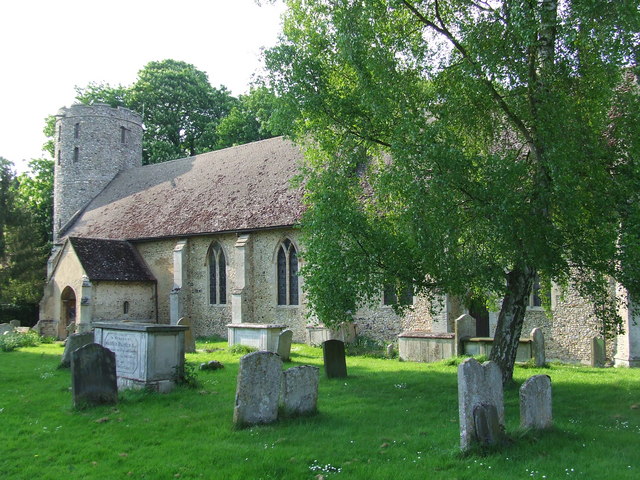Barrow Heath
Downs, Moorland in Suffolk West Suffolk
England
Barrow Heath
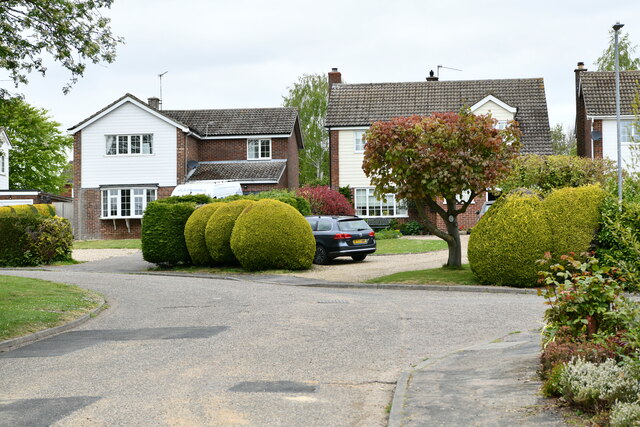
Barrow Heath is a picturesque area located in Suffolk, England. It is known for its diverse landscape, characterized by a combination of downs and moorland. The region boasts a rich history dating back centuries, with evidence of human habitation since the Neolithic period.
The downs of Barrow Heath are marked by rolling hills covered in lush grasslands. These areas provide a haven for a variety of flora and fauna, making it a popular destination for nature enthusiasts. Visitors can witness the vibrant colors of wildflowers, including rare species such as the early spider orchid and the pasqueflower. The downs are also home to an array of bird species, offering opportunities for birdwatching.
In contrast, the moorland areas of Barrow Heath are characterized by heather-covered hills and open spaces. This unique landscape provides a habitat for several species of wildlife, including adders, lizards, and various species of butterflies. The moorland is also home to several species of birds, including the iconic skylark, which can often be heard singing its melodious tune.
Barrow Heath offers visitors a range of recreational activities, including hiking, cycling, and horseback riding. Several well-maintained trails traverse the area, allowing visitors to explore its natural beauty and enjoy breathtaking views. Additionally, the region is dotted with archaeological sites, including ancient burial mounds and remnants of Iron Age settlements, adding an element of historical interest to the area.
Overall, Barrow Heath, with its combination of downs and moorland, is a captivating destination that offers a unique blend of natural beauty, wildlife, and historical significance.
If you have any feedback on the listing, please let us know in the comments section below.
Barrow Heath Images
Images are sourced within 2km of 52.26034/0.60455653 or Grid Reference TL7765. Thanks to Geograph Open Source API. All images are credited.
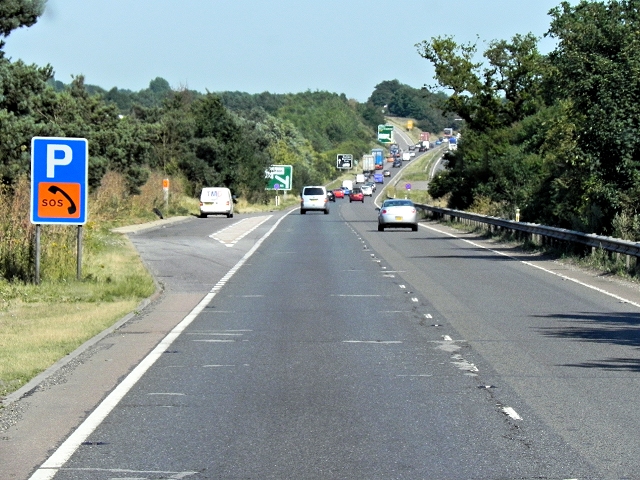
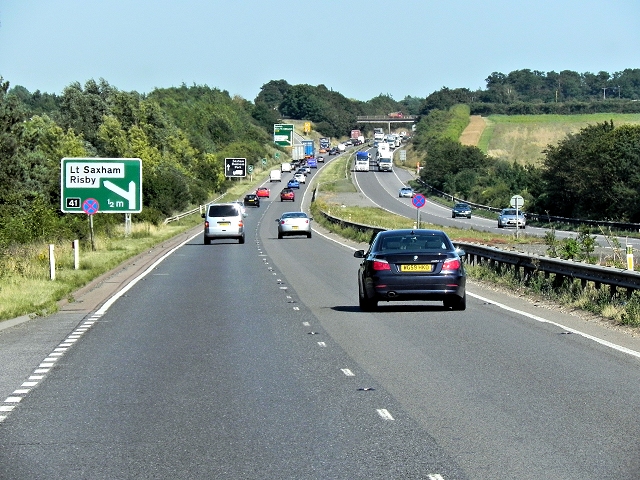
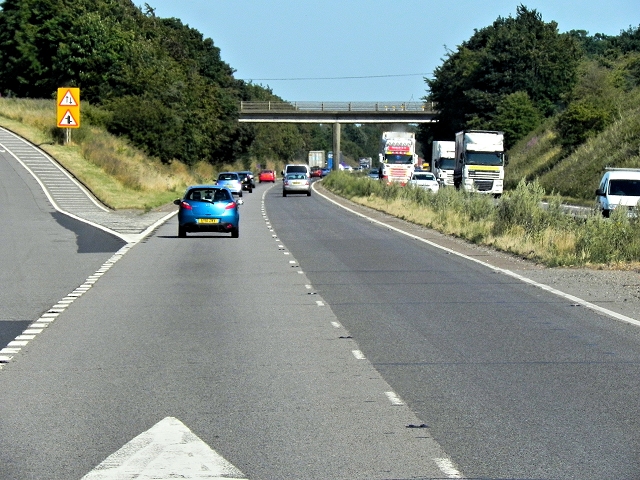
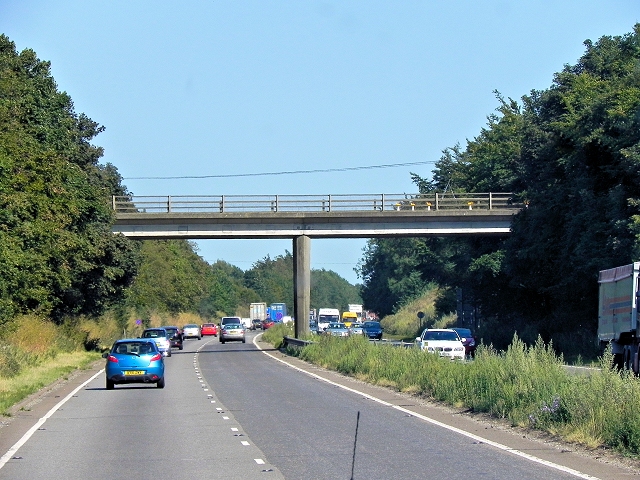
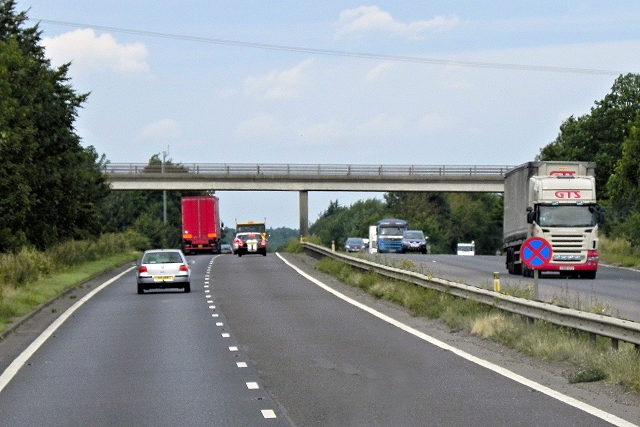
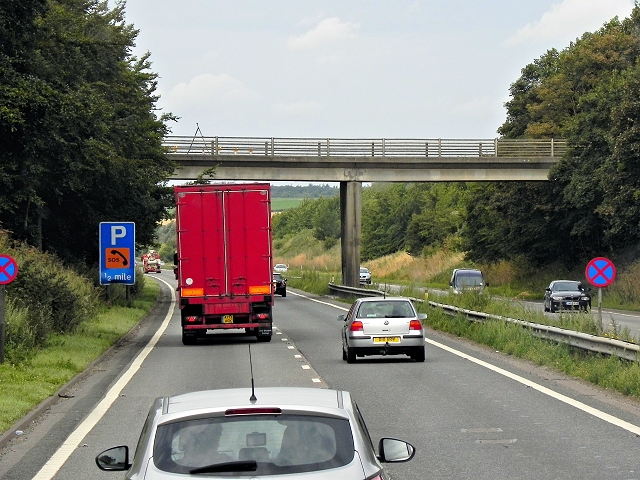
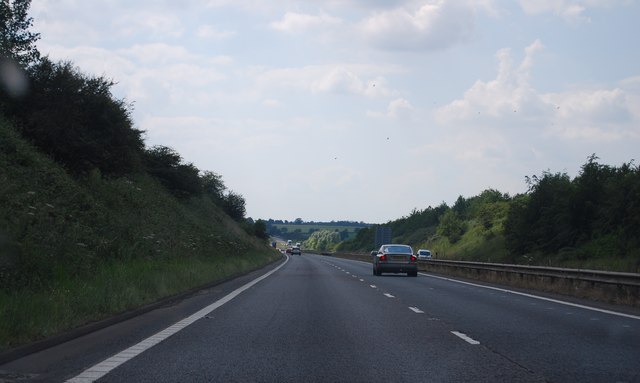
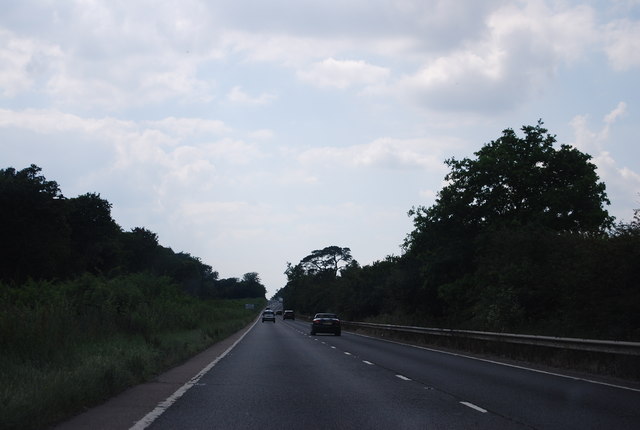
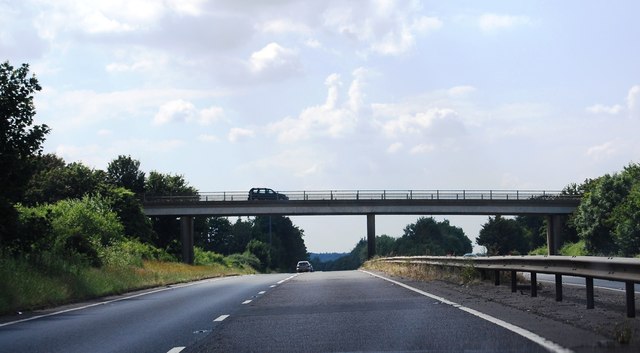
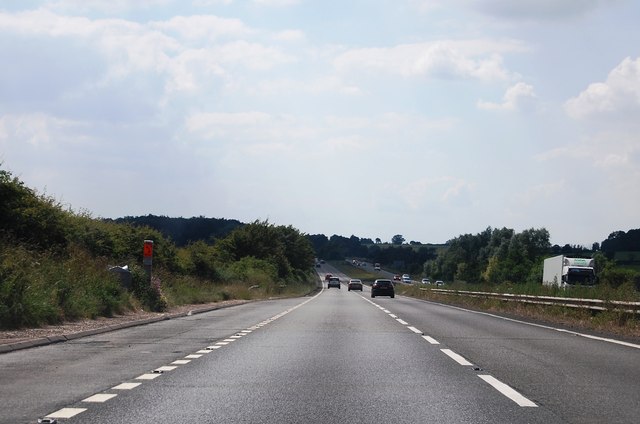
Barrow Heath is located at Grid Ref: TL7765 (Lat: 52.26034, Lng: 0.60455653)
Administrative County: Suffolk
District: West Suffolk
Police Authority: Suffolk
What 3 Words
///variation.pelted.unroll. Near Bury St Edmunds, Suffolk
Nearby Locations
Related Wikis
Risby, Suffolk
Risby is a village and civil parish in the West Suffolk district of Suffolk in eastern England, located around 3 miles (4.8 km) west of Bury St. Edmunds...
Saxham and Risby railway station
Saxham & Risby railway station was a station serving Risby in the English county of Suffolk. It was opened by the Great Eastern Railway in 1854 following...
The Saxhams
The Saxhams is a civil parish in the West Suffolk district of Suffolk in eastern England. Located around two miles west of Bury St Edmunds, the parish...
Old Broom
Old Broom is a 6.5-hectare (16-acre) nature reserve north of Risby in Suffolk. It is managed by the Suffolk Wildlife Trust.This is a remnant of an ancient...
Nearby Amenities
Located within 500m of 52.26034,0.60455653Have you been to Barrow Heath?
Leave your review of Barrow Heath below (or comments, questions and feedback).
